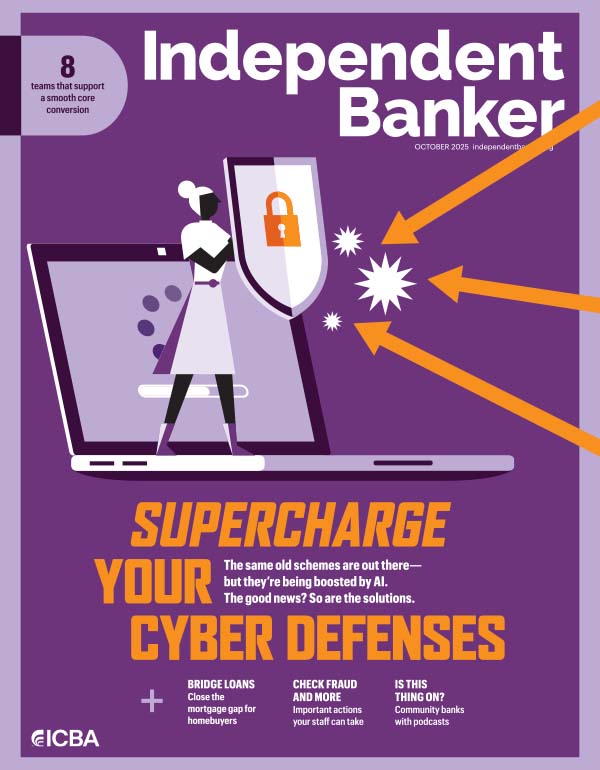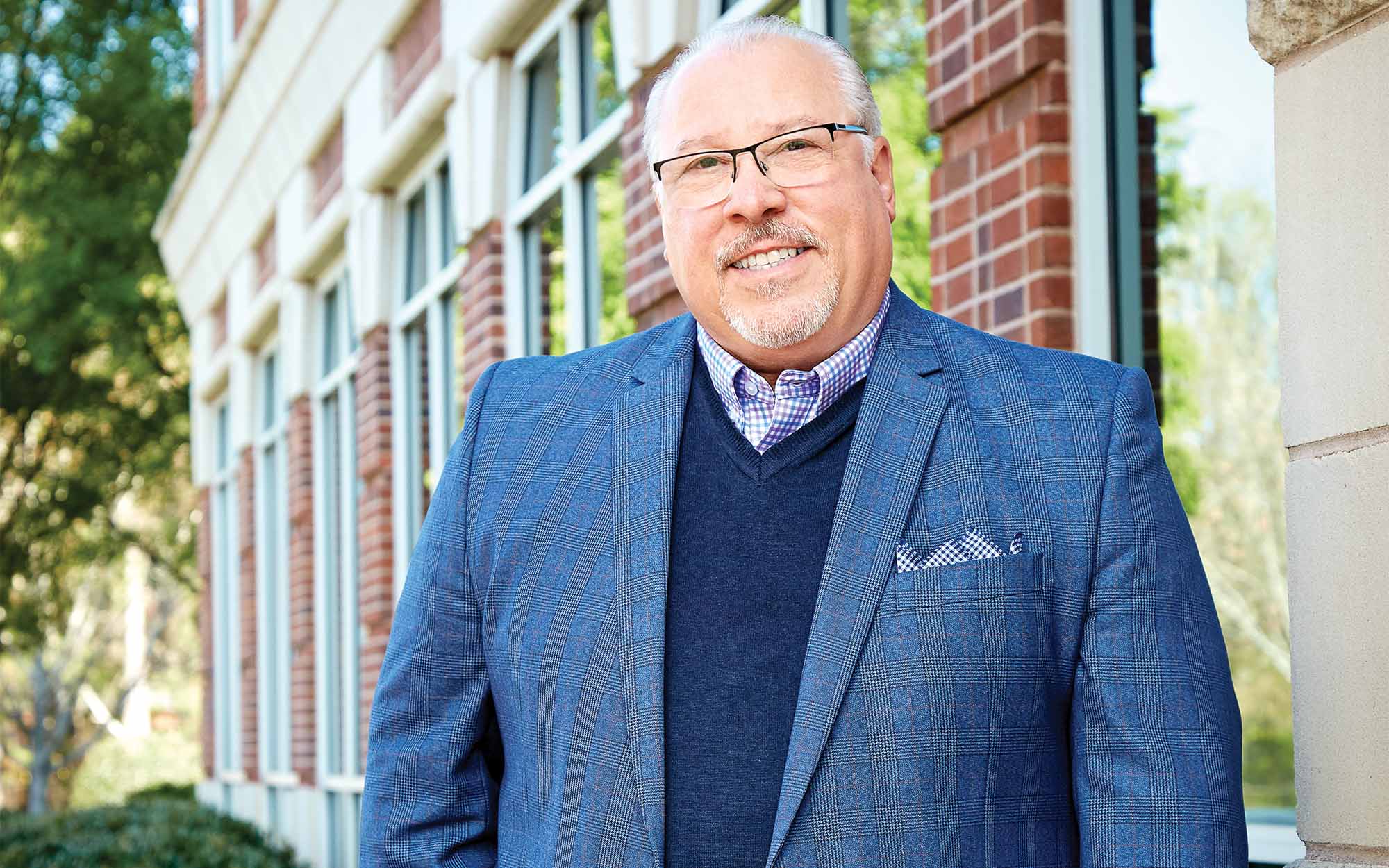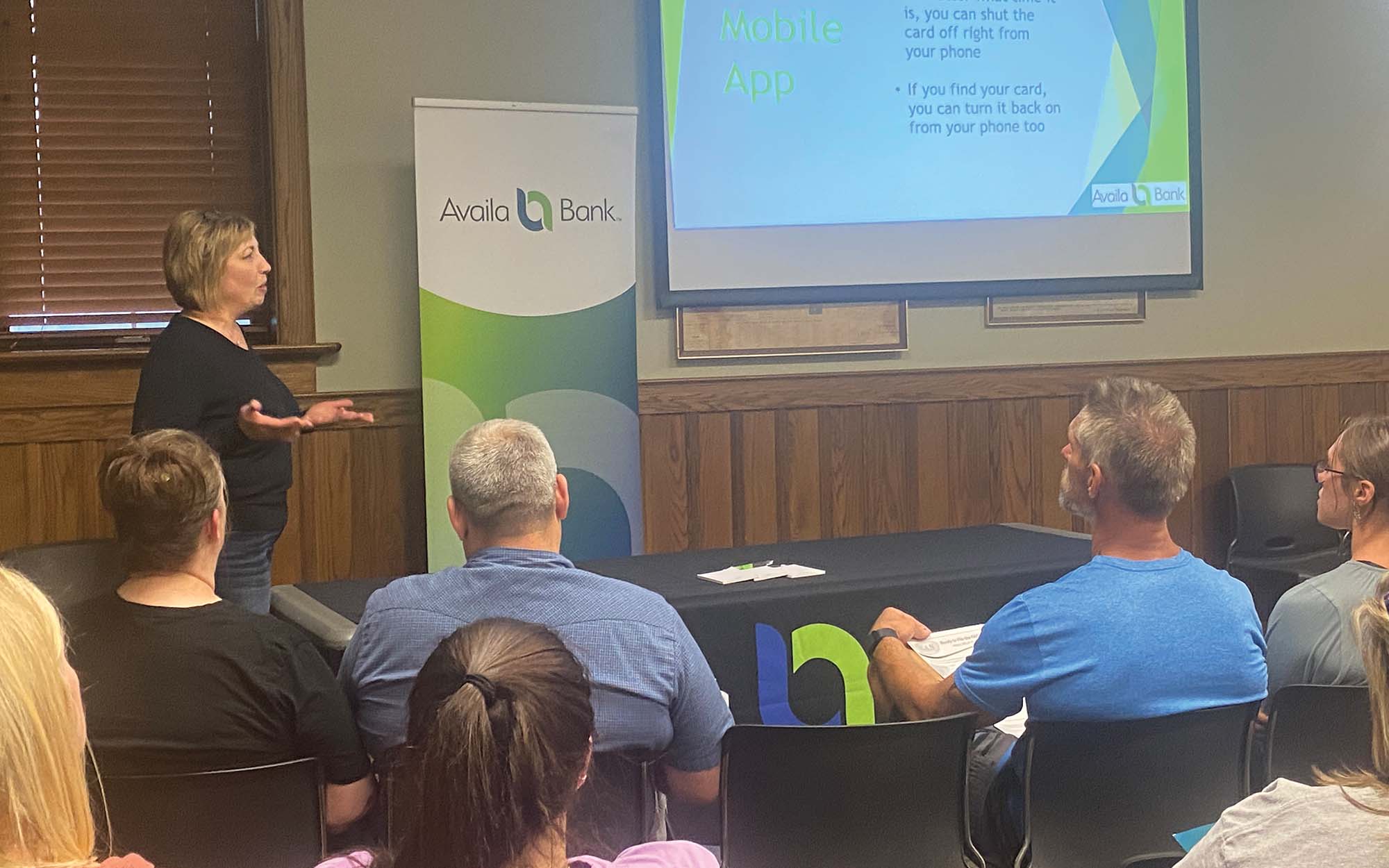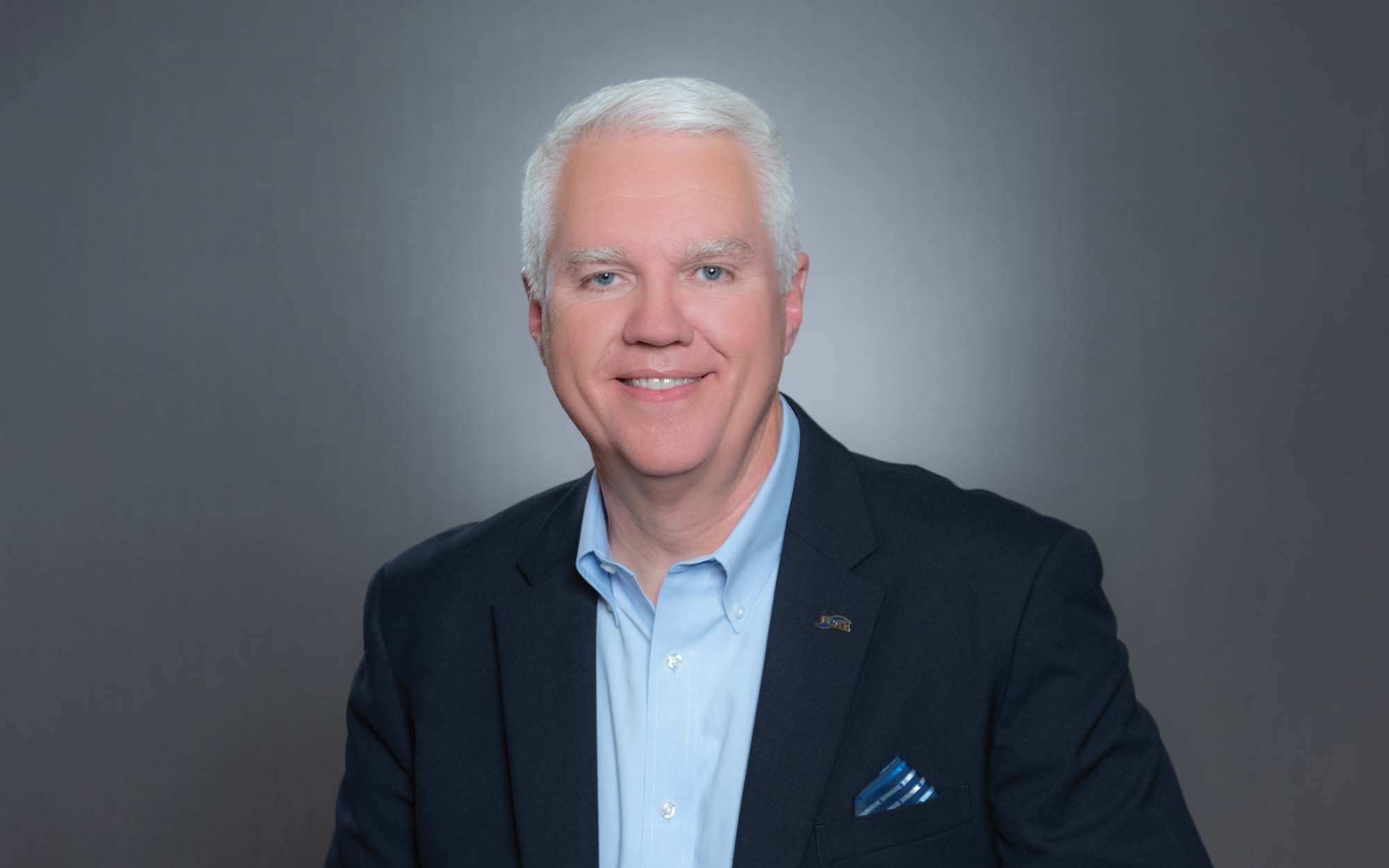Name:
Monesty, a division of American Commerce Bank
Assets:
$490 million
Location:
Bremen, Ga.
Back in 2019, American Commerce Bank in Bremen, Ga., began to ponder its customer demographics. With only three locations—one in tony Johns Creek north of Atlanta, one in legal-centric Tallahassee and a small-town Georgia headquarters—the bank’s deposit-gathering efforts became a challenge. Its markets were too diverse, and the 2020 pandemic affirmed—and accelerated—the realization that potential customers were increasingly willing to give up brick-and-mortar interactions for convenient online service.
The $490 million-asset community bank saw a separately branded, online “branch” as a way to expand its presence.
“A digital brand with broad appeal would allow the distant branches to cater to local needs while still pursuing overall deposit goals.”—Richard Rotondo, Monesty
After crafting its market strategy with a branding firm, American Commerce Bank brought on Richard Rotondo in March 2021 to manage the project. “The bank had considered ways to stay relevant and decided that a digital channel was a good initiative,” he says. “A digital brand with broad appeal would allow the distant branches to cater to local needs while still pursuing overall deposit goals.”
The online model would offer “high touch” service with activity monitoring to consumers who were begrudgingly accepting the need to go online. “Everyone’s lobbies were closed, and banking still needed to get done,” Rotondo says. “We decided to take that all-important community bank service reputation online. We decided that it fit our model.”
After two years of vendor selection, implementation and testing, Monesty launched as a division of American Commerce Bank in November 2022. Rotondo holds the title of vice president and digital bank manager for Monesty.
Identifying a target market
American Commerce Bank focused Monesty’s strategy on consumers interested in higher rates, security tools and fraud alerts. The community bank considered factors like if a lower overhead of an online “branch” offset higher-cost deposits or if customers would pay a modest fee for monitoring and for adding a “trusted advocate.”
“We learned that there aren’t any banks our size that have implemented a fully automated service.”—Angelia Alred, American Commerce Bank
Angelia Alred, 1st SVP, deposit operations, is the bank’s most senior officer on the project. She spent many hours testing, correcting and proving out the “sandbox” environment before Monesty’s account-opening channel went live. “I managed a version of this technology earlier in my career,” Alred says. “Contemporary security enhancements, combined with mapping customer applications to our Jack Henry 20/20 core, presented a unique challenge for our small bank. We learned that there aren’t any banks our size that have implemented a fully automated service. We literally had to work with software developers through our implementation team.”
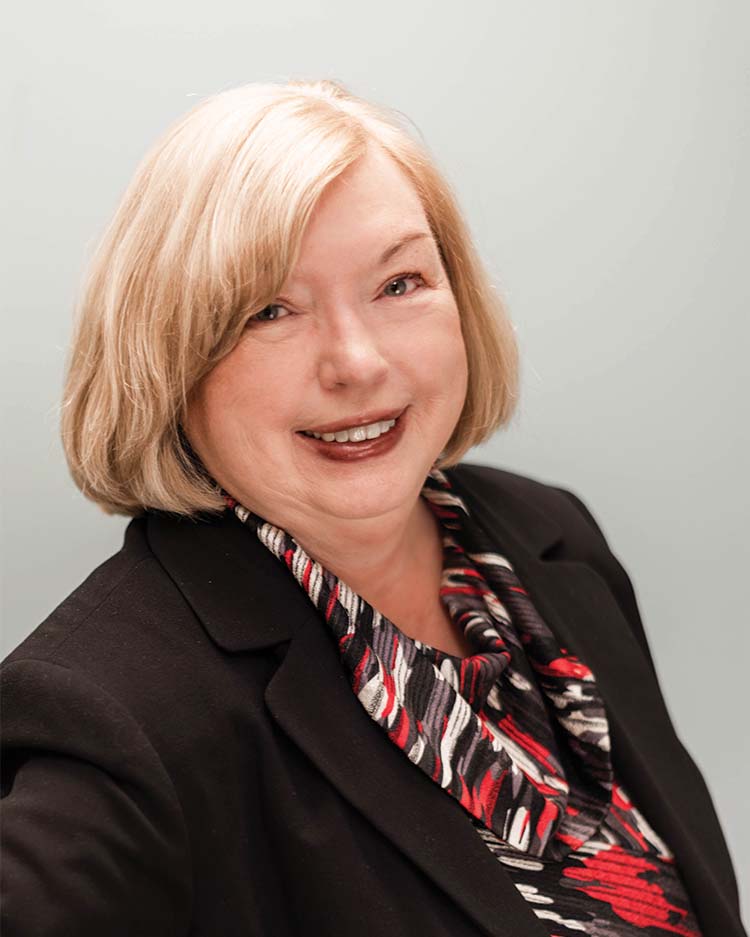
Rotondo says one of Monesty’s goals is to educate the public about issues like fraud, financial crimes and bank security. It uses social media platforms like LinkedIn and Facebook to raise awareness, and Rotondo plans to launch a blog to further discussion and understanding.
To start, Monesty ran brand awareness campaigns across six southeastern states, including targeted ads showing rates, products and services. The bank is learning what resonates with consumers before expanding its efforts nationwide.
“We’re not a multibillion-dollar bank,” Rotondo says. “Reaching $50 million of Monesty deposits three years from now would be a resounding success.”
Tech for a digital-only branch
Because American Commerce Bank holds an OCC charter, any qualified domestic prospect who clicks on a Monesty ad can open an account. However, with such a limited branch network, account management needed to be a fully digital experience.
Quick Stat
43.5%
of U.S. consumers use mobile banking as their primary choice of account access, as of 2021
Source: FDIC
61%
of consumers use digital banking services weekly
Source: PwC
Rotondo and Alred were part of the team that vetted potential vendors and fintech partners. “Everybody wants you to believe that they have what you need and can do what you want,” Rotondo says about the selection process. “And the demo is always slick; it looks great. But then you start peeling the onion. Have you mapped this to a 20/20 core? Can we talk to banks in production with this?” Rotondo built a scoring model to help the team make selection decisions.
At Jack Henry’s recommendation, Monesty eventually selected MeridianLink’s Opening Act module for digital account opening. In about five minutes, a customer can open an account, complete a risk assessment, electronically sign documents and fund an account.
Security is everything
To emphasize its commitment to security, Monesty opted for a .BANK domain. Only verified financial institutions can use .BANK, which Rotondo says should enhance customer confidence.
In addition, Monesty partnered with Plaid for account verification and EverSafe for transaction monitoring.
Even customers who are comfortable with a near-total digital banking experience may occasionally want face-to-face support. For that, the Monesty website offers a widget, powered by Eltropy/POPio, that enables users to communicate securely via voice, chat or video.
Maintaining a community bank mindset
The Monesty team wants to build relationships with customers in a way that stays true to community banking—despite being a digital service. “People still want to do business with people, even if they want to self-serve,” Rotondo says.
For her part, Alred is hopeful that the digital account opening channels will remain stable and resilient. “We dedicated 18 months to launching the Monesty project,” she says. “We’re confident that we have something special and unique, but now we need to prove it.”

